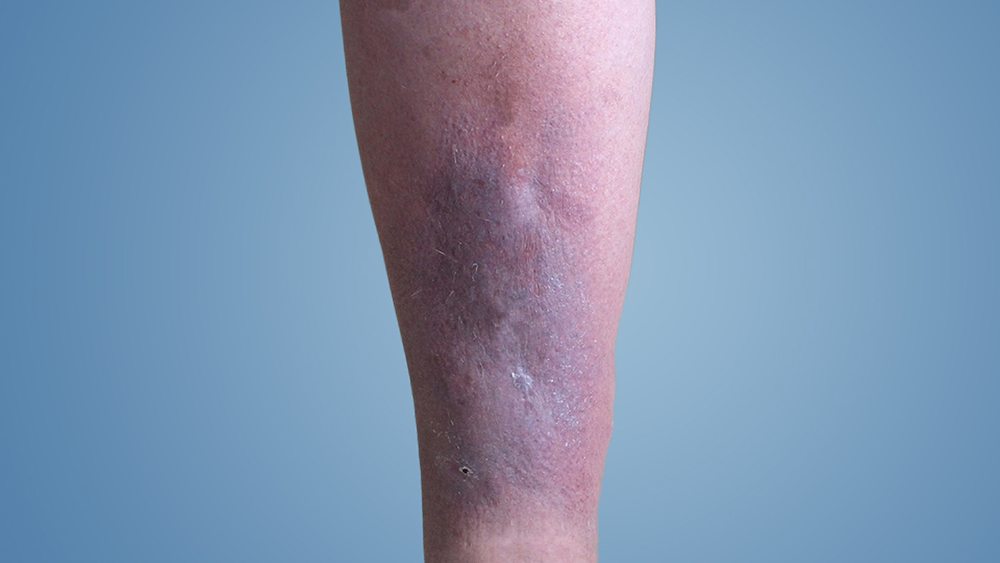Phone Number
+61 (03) 9572 3699Email Address
enquiry@melbournevein.com.au
If a patient who suffers from varicose vein develops superficial vein thrombosis (blood clot) then there is up to a 20% chance that superficial vein thrombosis extends to deep veins or the patient simultaneously suffers from blood clot in leg.
As mentioned before there is up to a 50% chance of developing a blood clot in leg after deep vein thrombosis occurs.
Blood clot in leg is a long-term complication of deep vein thrombosis (blood clot). It will be diagnosed at least 6 months after acute deep vein thrombosis (blood clot) symptoms have passed. Up to 50% of people who suffer from deep vein thrombosis will develop PTS.
Blood clot in leg is a condition that may develop after a deep vein thrombosis (DVT) in the leg. It can lead to chronic leg pain, swelling, and other symptoms. It might take PTS weeks or months to develop after a DVT has occurred.
A Deep Vein Thrombosis is more likely if you have such medical conditions. The most common treatment for blood clot in leg is compression therapy. Medicines, topical creams, or surgery may be needed. Skin ulcers that are caused by blood clot, it may need special treatment.
Treating blood clot in leg using the Compression technique is generally suggested. Leg sores (Ulcer) are a symptom of Post Thrombotic Syndrome. If that's the case, you'll need wound care. Based on the severity of the above signs and symptoms then Dr. Yazdani will give you a score that determines the severity of PTS and help with the management plan.
At Melbourne Varicose Vein we allocate about 60 minutes for the initial consultation. The first consultation takes time as we dig deep to know about your medical and family history to find the root cause for your vein conditions.
Read more about... What happens in the First Consultation?
Incase if you have this condition please feel free to enquire more in depth, we can refer or suggest you a doctor for the same.
Dr. Yazdani has achieved great results in restoring vein health.
Call Us or Book an appointment online to visit the Dr. at your convenience.
